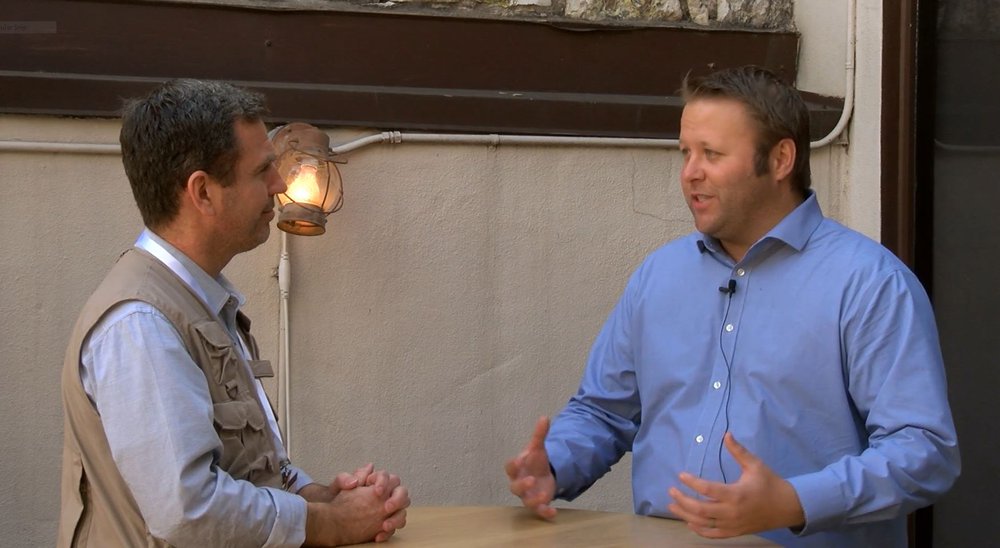Tom Murray is a former teacher, school principal and tech administrator. He is currently the Director of Innovation for Future Ready Schools. He travels the country, working with educators and schools to help them transform their teaching, and to use technology as a tool to assist innovation. The Learning Counsel media team caught up with Tom during TCEA 2017 and asked him about what he’s finding that’s working.
As we got started, Tom shared with us that he continues to see computer science, coding and robotics to be hot items both in schools and on the TCEA show floor. “While they are neat and interesting for the kids, of course, the key here is how they bring about higher-order thinking in the students,” stated Murray. “When we see kindergarteners, first and second grade kids learning to sequentially program, that is what’s hot and its really taking off.”
Transformative leadership and sustainability as schools and districts make the tech shift was another central topic of the conversation and something the Learning Counsel has been discussing during their Digital Curriculum Sustainability Discussions. “Sometimes you’re seeing Districts around the nation take out long term bonds to buy devices that might last three, four or five years if they’re lucky,” stated Murray. “One-time funding with grants and bonds are all well-and-good but you’ve got to ask, ‘Once this money runs-out, once these devices are through their shelf-life, what’s next?’” Tom pointed out that even teacher and administration turnover must be considered. “Things change, people change, but if your strategy is planned for sustainability, then your system works and serves the students through any storm. A mindset toward every part of your tech planning for sustainability is key.”
Further to this point, Tom covered school culture and how it, fundamentally is the key to real change that wins for students and teachers. “I’ve never seen a school or district take off and really get innovative, whether the district has money and every cool tech device they could want, or, on the flipside, they are poor and underserved, until their leadership changed the school culture and their teachers could take risks. In a toxic school culture, where teachers don’t have that freedom, it’s not going to work.”
In the above video, Tom shares his views and findings and the story of one district—Talladega Schools in Alabama—where a new Superintendent moved in, empowered people and created a culture where kids wanted to be and attendance increased. They also created an environment where teachers wanted to be. Over time, their graduation rate went from 64% to, 6 or 7 years later, 94%. When you look at that, it happened because of dynamic leadership and school culture.











